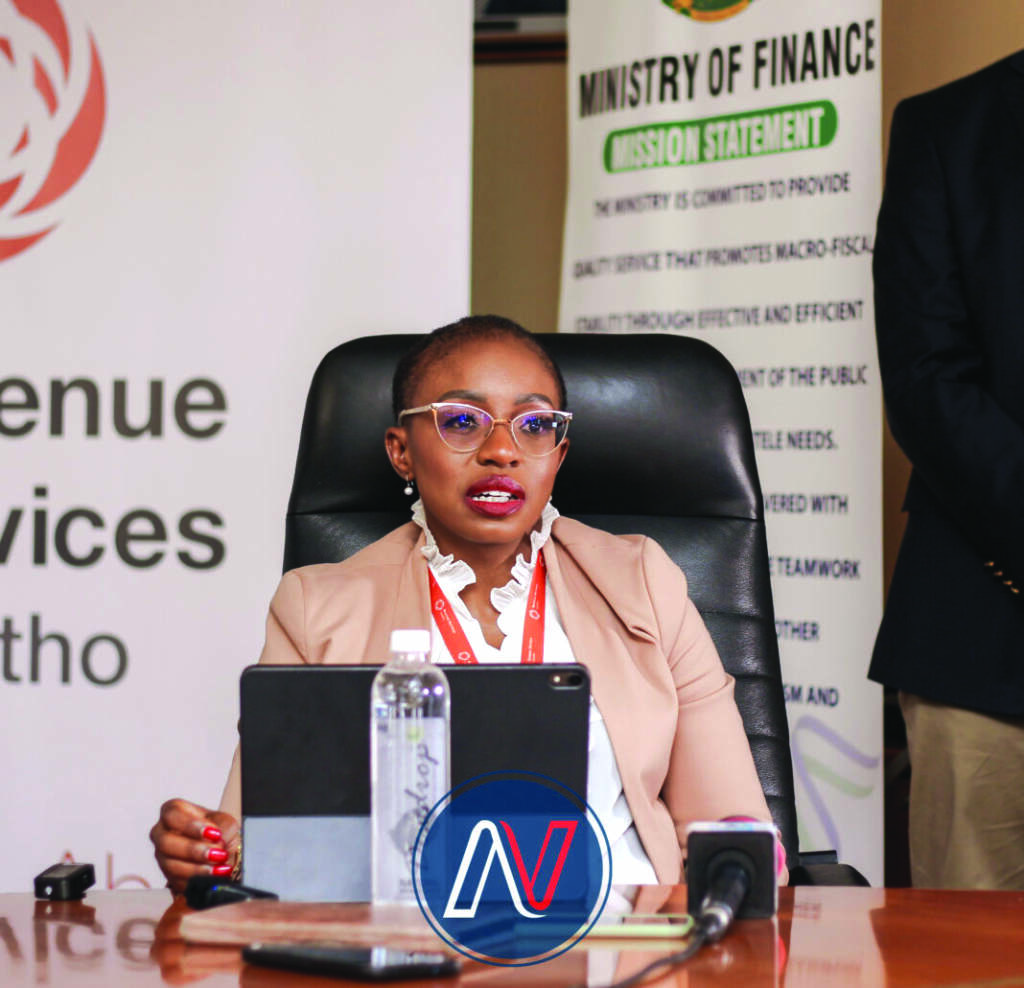Ntsoaki Motaung
Nearly one in two adolescents are stunted and approximately 30 percent of adolescent girls are anaemic, impacting their school performance, productivity, and their future reproductive health outcomes.
This was said by Africa’s regional director of Nutrition International, Dr Richard Pendame, during the launch of the Adolescent Nutrition Advocacy Strategy 2023-2028 by the East, Central, and Southern Africa Health Community (EACS-HC) on Wednesday in Maseru.
Pendame said adolescent nutrition was important because malnutrition was a public health concern that affects over 56 million adolescents living in the ECSA-HC member states.
“In addition, overweight and obesity are on the increase in the region,†he said.
He said improved nutrition during the adolescent period was critical as it translated to better school performance, improved productivity, and leads to better opportunities in adulthood.
These opportunities in adulthood included high economic development, lower maternal mobility, and mortality as well as lower cost of maternal healthcare, he said.
He stated that adolescents had been a neglected cohort in the region and in the national nutrition action plans for a long time.
The 60th health ministers conference held in 2020 directed that the ECSA-HC secretariat should intensify efforts to strengthen the implementation of appropriate and comprehensive adolescent health and nutrition programs.
Chair of the health ministers’ conference also a minister of health and child welfare in Zimbabwe, Professor Amon Murwira, said this was why the Adolescent Nutrition Advocacy Strategy 2023-2028 was launched this week.
In an interview with journalists, Lisebo Seheri from the department of nutrition in the ministry of health Lesotho said, the advocacy strategy was of great importance because “it is going to help the country against the challenge of high malnutritionâ€.
“According to the study that was conducted in 2014, high numbers of adolescents had malnutrition and most of them lacked iron,†Seheri said.
She indicated that adolescents did not eat as expected because they were looking to have slim bodies and they were not eating some of the important foods in trying to do so.
She said in some cases, some adolescents chose to eat unhealthy food and they ended up with big bodies.
She indicated that the effects of malnutrition could also be seen when an adolescent has fallen pregnant and they did not go for their antenatal classes where they could be informed about their diet and be assisted with supplements.
Because of that, they were expected to probably deliver underweight babies.
“The department of nutrition is also seeing a challenge of young mothers who do not breastfeed their babies for many reasons and their babies turn out to be underweight and stunted,†she said.
She said studies had shown that 33 percent of babies under five years were stunted.
“The strategy launched is going to be of great importance because it is going to our guidance on how we should deal with the problem of malnutrition facing the country,†she said.
The strategy advocacy areas include the promotion of multisectoral adolescent nutrition policies and strategies, scaling up the delivery of evidence-informed adolescent nutrition interventions, expanding program coverage, ensuring adolescents’ active participation, and addressing gender-based-concerns and integration of adolescent nutrition into government systems across multiple sectors and various platforms.
The expected key results of the strategy contain sound, comprehensive, and multisectoral regional, country, and sub-national policies and strategies on adolescent nutrition drafted and implemented.
The results also contain adolescent nutrition interventions recommended for health, agriculture, education, WASH, gender and youth, and other sectors implemented to scale.
They also contain active participation of adolescent boys and girls, and achievement of equity in adolescent nutrition.
Why nutrition matters
Nutrition is critical in the entire life cycle. Chronically malnourished children are more likely to remain undernourished during adolescence and adulthood, resulting in a poor contribution to economic development, high cost of healthcare, and poor birth outcomes which have negative integrational effects.
For girls, the start of menstruation increases their iron needs and the risk of developing anaemia. If adolescent girls become mothers, they face additional risks in pregnancy and childbirth, with consequences for themselves and their future children.
Adolescence is an opportunity to provide good nutrition and leverage a second window of growth and support the empowerment of adolescents to form healthy behaviours and lifestyle choices.
Why advocate
The interest and focus on adolescent nutrition are rapidly gaining momentum and there is increased awareness of policy and program gaps for this critical demographic. To support and promote effective actions amongst the policymakers, planners, and other decision-makers, there is a need to advocate, promote and support investments in adolescent nutrition regionally, as well as at country and sub-national levels.
Summary
- Chair of the health ministers’ conference also a minister of health and child welfare in Zimbabwe, Professor Amon Murwira, said this was why the Adolescent Nutrition Advocacy Strategy 2023-2028 was launched this week.
- In an interview with journalists, Lisebo Seheri from the department of nutrition in the ministry of health Lesotho said, the advocacy strategy was of great importance because “it is going to help the country against the challenge of high malnutritionâ€.
- The strategy advocacy areas include the promotion of multisectoral adolescent nutrition policies and strategies, scaling up the delivery of evidence-informed adolescent nutrition interventions, expanding program coverage, ensuring adolescents’ active participation, and addressing gender-based-concerns and integration of adolescent nutrition into government systems across multiple sectors and various platforms.

Your Trusted Source for News and Insights in Lesotho!
At Newsday Media, we are passionate about delivering accurate, timely, and engaging news and multimedia content to our diverse audience. Founded with the vision of revolutionizing the media landscape in Lesotho, we have grown into a leading hybrid media company that blends traditional journalism with innovative digital platforms.








